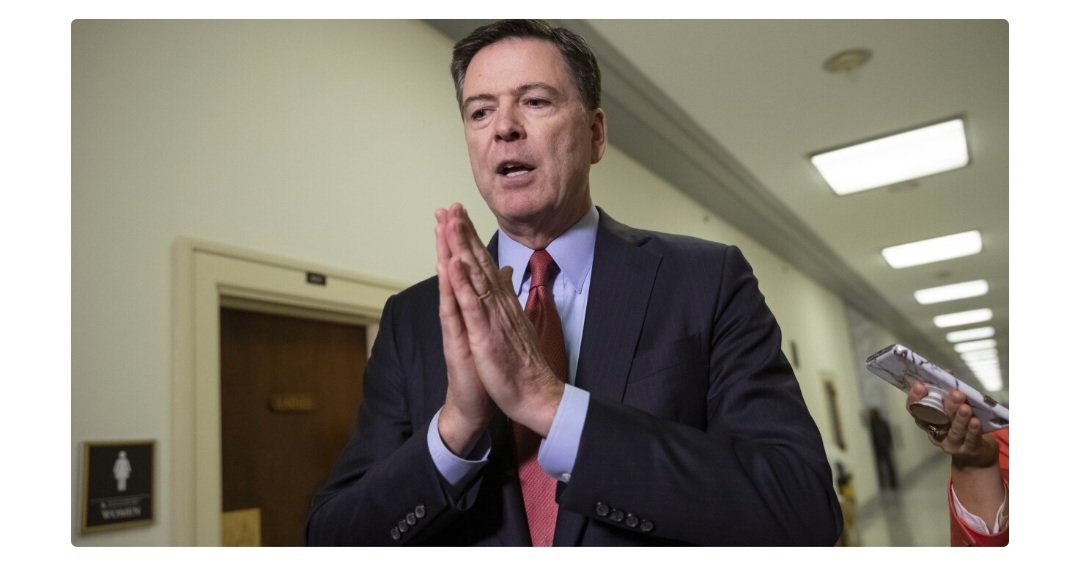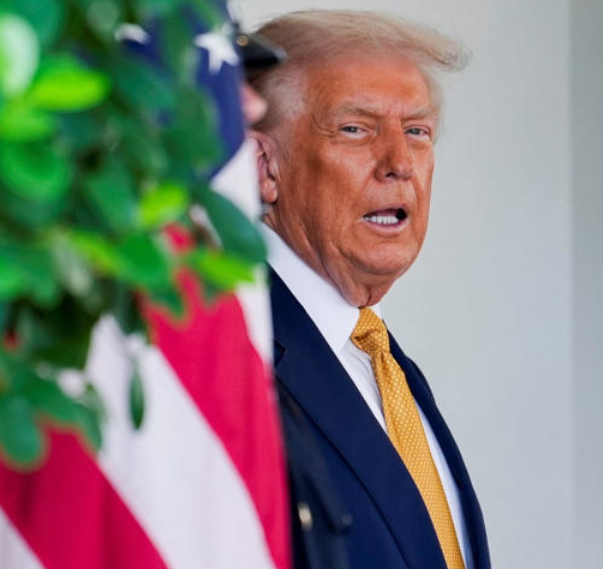In a surprising turn of events, the US dollar has embarked on its longest winning streak in nearly nine years, with the greenback poised to clinch an eighth-straight week of gains against major world currencies. This remarkable surge, the most robust since the winter of 2014-2015, has seen the dollar appreciate by 5% since mid-July.

This resurgence follows months of currency market volatility fueled by speculations about the dollar losing its coveted status as the world’s reserve currency. Such concerns were reignited when the BRICS group of nations, led by China, expanded to include major oil producers like Saudi Arabia, sparking discussions about the potential de-dollarization of global trade.
However, experts are quick to dispel the rumors of the US dollar’s decline. James Athey, investment director at Abrdn, an asset manager, emphasized that the dollar’s strength remains intact, despite the challenges it faces.
The US Dollar Index, now standing at its highest level in six months, has benefited from a string of positive economic data from the United States in recent weeks. This data has fueled expectations that the Federal Reserve will maintain higher interest rates for an extended period. Higher interest rates typically attract more foreign capital, boosting a country’s currency value as investors anticipate greater returns.
Conversely, concerns loom over the economies of China and Europe. Athey points out that the US economy continues to demonstrate remarkable strength, while China and Europe face the possibility of a more recessionary environment.
US unemployment is near its lowest point in half a century, hiring remains robust, and real wages are on the rise. Many economists have revised their growth forecasts upward, hinting at a potential “soft landing” for the US economy, where inflation is controlled without slipping into a recession.
This economic resilience should bolster American consumer confidence and give the US Federal Reserve reason to maintain its interest rates at a 22-year high in an effort to combat inflation. This decision could have a ripple effect on the global economy, as it gives the European Central Bank less room to raise its lending rate, further impacting the euro.
As Europe and China grapple with economic challenges, the euro has depreciated by 4.4% since mid-July, and the Chinese yuan has reached its lowest point against the dollar in 16 years. Europe faces the risk of stagflation—high inflation coupled with minimal economic growth. Meanwhile, Germany, Europe’s largest economy, witnesses a decline in industrial production.
With these economic woes, a weaker euro is expected to drive up import prices, contributing to inflationary pressures. Adding to this is the recent increase in crude oil prices due to supply curbs by Saudi Arabia and Russia.
China’s economic issues, including falling consumer prices, a deepening real estate crisis, and declining exports, also impact its currency and neighboring economies. The People’s Bank of China has reduced key interest rates in an attempt to stimulate credit demand.
Credit: CNN Business





